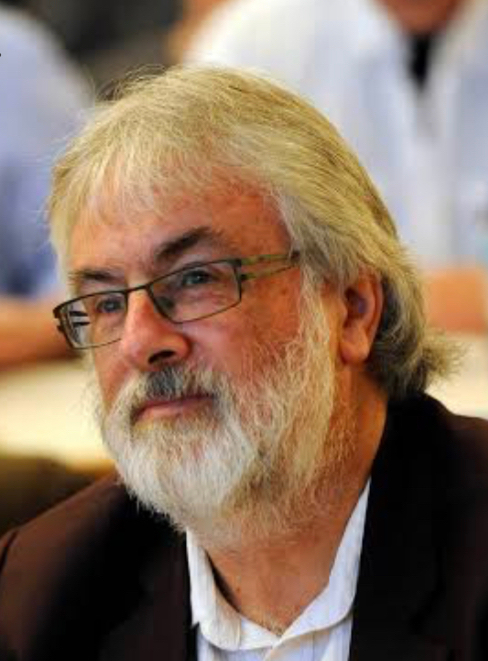Had it not been for a fatally wrong political decision by former New Zealand Minister of Health Tony Ryall and the National led government over how best to fund the Canterbury District Health Board (CDHB) following the devastating Christchurch earthquake in 2010, then CDHB would not have had the huge financial deficit it currently has and the meltdown it is now experiencing almost certainly would not have eventuated.
District health boards (DHBs) have 2 main costs – major capital works and operational (the latter includes the cost of the capital charge to government when government provides funding for the former).
Population Based Funding formula and ‘steady state’ DHBs
Operational costs are funded by what is known as the Population Based Funding formula (PBF). PBF is a sensible system formula on census population data and qualified by factors such as deprivation, ethnicity and rurality.
Where it attracts criticism it is because of factors such as lack of transparency over its application, where the 5-year census population data becomes dated (especially when the census is delayed), or because a DHB believes its qualifiers don’t sufficiently recognise its particular population mix. Sometimes it comes the scapegoat for government underfunding.
There is an argument that the regularly updated Primary Health Organisation enrolment data might be more reliable than census data. But, other than some minor tinkering and greater transparency, PBF is generally accepted as a good formula for funding operational costs and there’s no discernible advocacy to replace it.
But PBF is designed for DHBs in a ‘steady state’. It is not designed to cope with the aftermath natural disasters (not only did CDHB have to cope with the 2010 earthquake based in Christchurch but it also had the subsequent Kaikoura earthquake and extensive hills’ fires).
Funding natural disasters
Anticipating the seriousness of the situation CDHB took the initiative and commissioned a report from Martin Jenkins consultants on an appropriate funding system to cope with the earthquake devastation. Martin Jenkins advised that the PPF was not suitable for this extraordinary situation. Instead they recommended that PPF should apply only to the other 19 DHBs who were in ‘steady state’. Instead, given its exceptional circumstances, Canterbury should be funded through a special arrangement designed to address its special circumstances
CDHB agreed with this recommendation but it was rejected by Tony Ryall. His response was to simply rely on the PBF plus debt management. But, as anticipated, PBF simply couldn’t cope. Its application negatively affected CDHB’s operational funding because it couldn’t keep up with changing population patterns due to the disaster. Then there was also the sustained mental health crisis that arose out of the devastation. Again PBF was not designed for funding these resource needs.
Neither was PBF designed to meet the massive rebuilding costs that the earthquake generated. Initially CDHB was able to cope largely due to reserves sustained by the financial benefits of its collaborative ‘relational’ way of working. This included its clinically led health pathways between community and hospital whose benefits included bending the curve of rising acute patient demand. Acute patient demand in New Zealand has increasing at a greater rate than population growth. It has been the most common contributor to the current high deficits of all DHBs.
Its healthy reserves and earthquake insurance were the main factors in funding the required massive rebuilding for some years. However, this could not last forever. Reserves inevitably were exhausted.
What Minister Ryall should have done
Ryall should have accepted the expert advice that PBF was more appropriate to the other 19 DHBs in a ‘steady state’ situation. He should have separated out Canterbury for a special funding arrangement that recognised the immediate physical damage, a workforce having to work in poor conditions (akin to a bomb site for some), massive rebuilding costs, and flow-on health risks (especially mental health).
His error of judgement was fatal. His government recognised at the time that the funding of major capital works should be separated out from the funding of operational expenses. It would have hardly been a quantum leap to apply this separation principle to funding the aftermath of natural disasters. PBF is for operational expenses, not for natural disasters.
It was the unfortunate choice in the funding structure that is behind CDHB’s huge deficit, not operational expenses, and to what led to its current leadership meltdown.



 Peter Dunne: Luxon Gets Out His Butcher's Knife - Briefly
Peter Dunne: Luxon Gets Out His Butcher's Knife - Briefly Binoy Kampmark: Warring Against Encryption, Australia Is Coming For Your Communications
Binoy Kampmark: Warring Against Encryption, Australia Is Coming For Your Communications Gordon Campbell: On Fast Track Powers, Media Woes And The Tiktok Ban
Gordon Campbell: On Fast Track Powers, Media Woes And The Tiktok Ban Binoy Kampmark: Censorship Wars, Elon Musk, Safety Commissioners And Violent Content
Binoy Kampmark: Censorship Wars, Elon Musk, Safety Commissioners And Violent Content Gordon Campbell: On The Public Sector Carnage, And Misogyny As Terrorism
Gordon Campbell: On The Public Sector Carnage, And Misogyny As Terrorism Ramzy Baroud: NATO’s Never-ending War: The 75-Year-Old Bully Is Faltering
Ramzy Baroud: NATO’s Never-ending War: The 75-Year-Old Bully Is Faltering